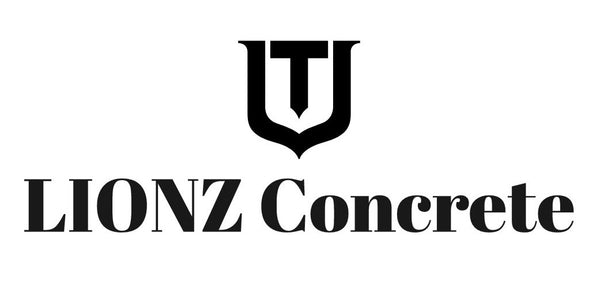Is Concrete Tables Right for Your Outdoor Garden?
Share
Introduction
When it comes to outdoor furniture, durability and style are key considerations. Among the many options available, concrete tables have emerged as a popular choice for outdoor gardens, offering a unique blend of strength, aesthetics, and versatility. But is a concrete table the right fit for your garden? In this blog post, we’ll explore the advantages and potential drawbacks of choosing a concrete table for your outdoor space to help you decide.

1. Durability That Withstands the Elements
One of the primary reasons people choose concrete tables for their outdoor gardens is their incredible durability. Concrete is inherently resistant to the elements, making it an ideal material for outdoor furniture. Whether it’s rain, snow, or intense sunlight, a concrete table can withstand the weather without deteriorating. Unlike wood, which can rot, or metal, which may rust, concrete remains sturdy and resilient, providing a long-lasting solution for your garden.
2. Low Maintenance and Easy Care
Outdoor furniture should be easy to maintain, and concrete tables are particularly low-maintenance. They require minimal care to keep them looking their best. A simple wipe-down with water and mild soap is usually enough to clean them. For added protection, many concrete tables are sealed to prevent staining from spills or outdoor debris. This makes concrete tables a practical choice for busy gardeners who want to enjoy their outdoor space without the hassle of constant upkeep.
3. Aesthetic Appeal and Customization
Concrete tables offer a unique aesthetic that can enhance the look of your garden. Their raw, industrial feel can complement a variety of garden styles, from modern and minimalist to rustic and natural. Additionally, concrete tables can be customized to suit your specific tastes. They can be molded into different shapes and sizes, and you can choose from various finishes, colors, and textures to match your garden’s overall design. Whether you prefer a sleek, polished look or a more rugged, organic feel, a concrete table can be tailored to meet your needs.
4. Stable and Sturdy Design
One of the practical benefits of a concrete table is its weight. Concrete tables are heavy, which means they are less likely to be moved or tipped over by strong winds or accidental bumps. This stability is particularly advantageous in an outdoor setting, where furniture can be exposed to unpredictable weather. The weight of a concrete table ensures that it stays in place, providing a reliable surface for dining, entertaining, or simply enjoying your garden.
5. Potential Drawbacks to Consider
While concrete tables offer many benefits, there are also some potential drawbacks to consider before making your decision:
- Weight and Mobility: The same weight that provides stability can also make concrete tables difficult to move. If you like to rearrange your garden frequently or need to store furniture during the winter, a concrete table may be less convenient.
- Temperature Sensitivity: Concrete can become very hot when exposed to direct sunlight and cold during the winter. This may make the surface uncomfortable to touch, especially if your garden is in a region with extreme temperatures. Adding cushions, tablecloths, or other coverings can help mitigate this issue.
- Cost: Concrete tables can be more expensive than other types of outdoor furniture, especially if they are custom-made. However, the investment can be worthwhile due to their durability and longevity.
6. Is a Concrete Table Right for Your Garden?
Ultimately, whether a concrete table is right for your outdoor garden depends on your specific needs and preferences. If you value durability, low maintenance, and a unique aesthetic, a concrete table could be an excellent addition to your garden. Its ability to withstand the elements and provide a stable, lasting surface makes it a practical choice for those who want a piece of furniture that will endure the test of time.
However, if you prioritize flexibility, mobility, or are concerned about the temperature sensitivity of concrete, you may want to explore other options or consider combining your concrete table with additional accessories to enhance comfort and usability.
Conclusion
A concrete table can be a fantastic choice for an outdoor garden, offering a combination of durability, style, and practicality. Its robust construction and low-maintenance nature make it ideal for those who want a long-lasting piece that can handle the demands of an outdoor environment. By weighing the benefits and potential drawbacks, you can determine if a concrete table is the perfect fit for your garden, allowing you to create a beautiful and functional outdoor space that you’ll enjoy for years to come.

